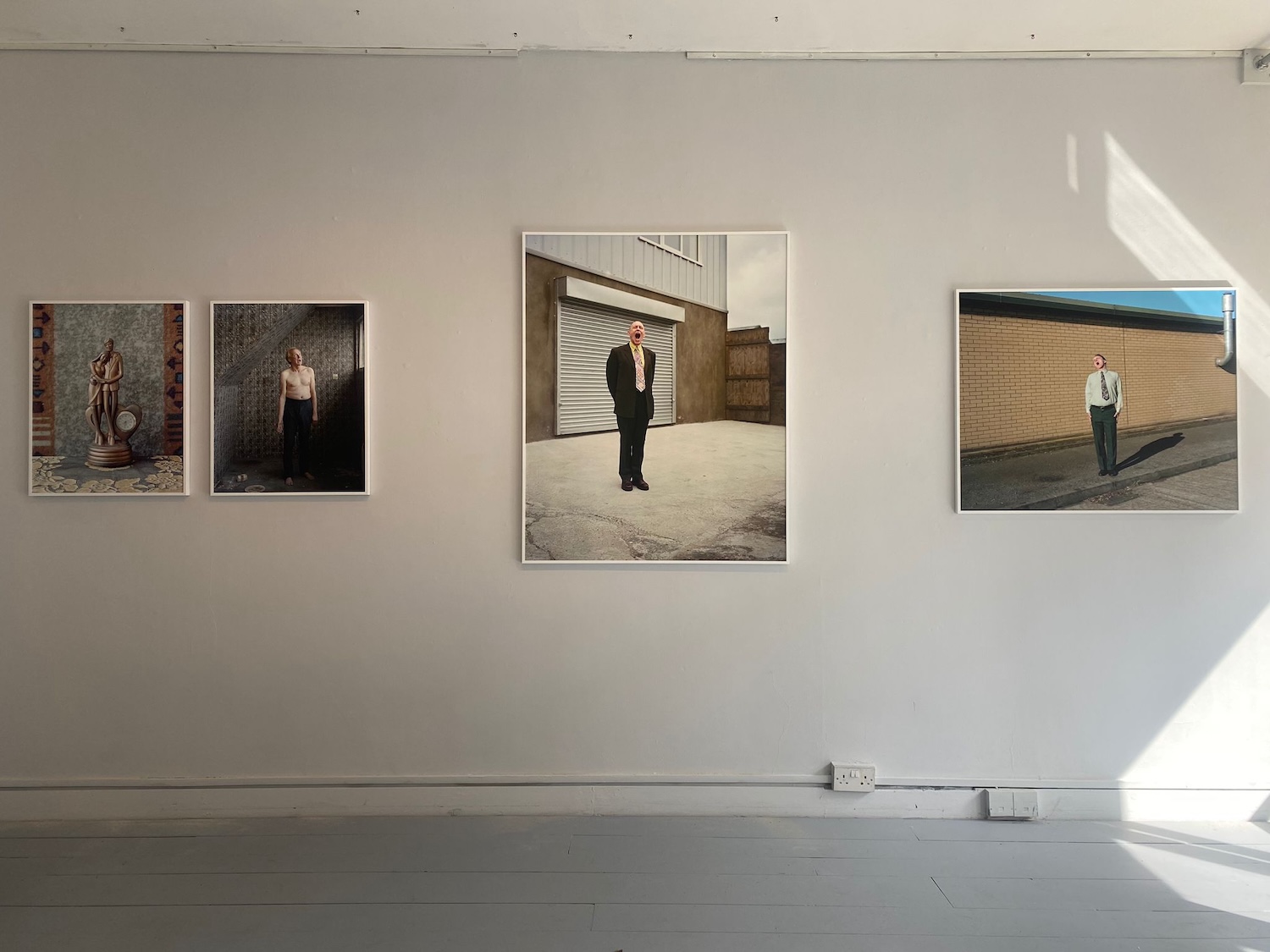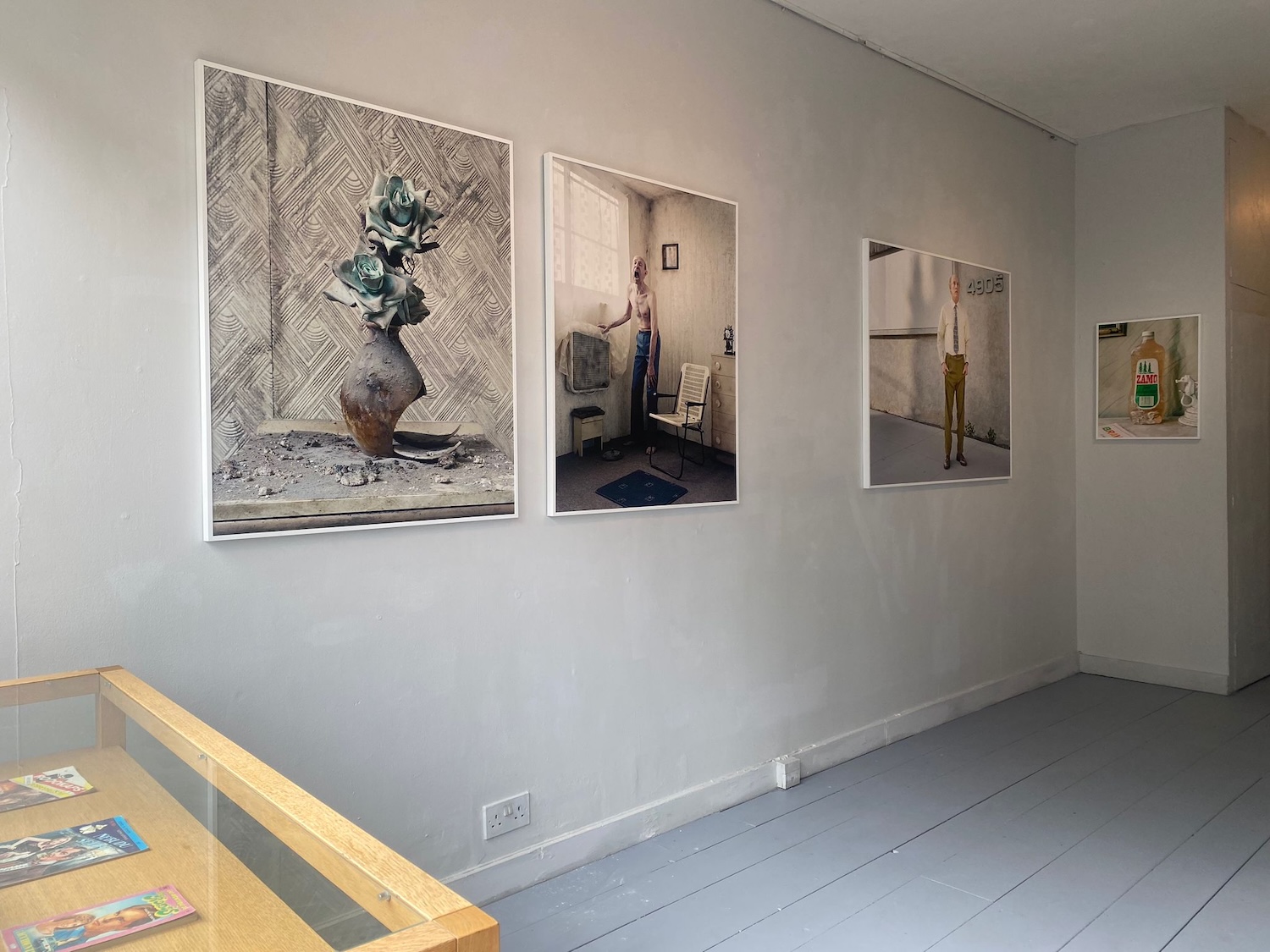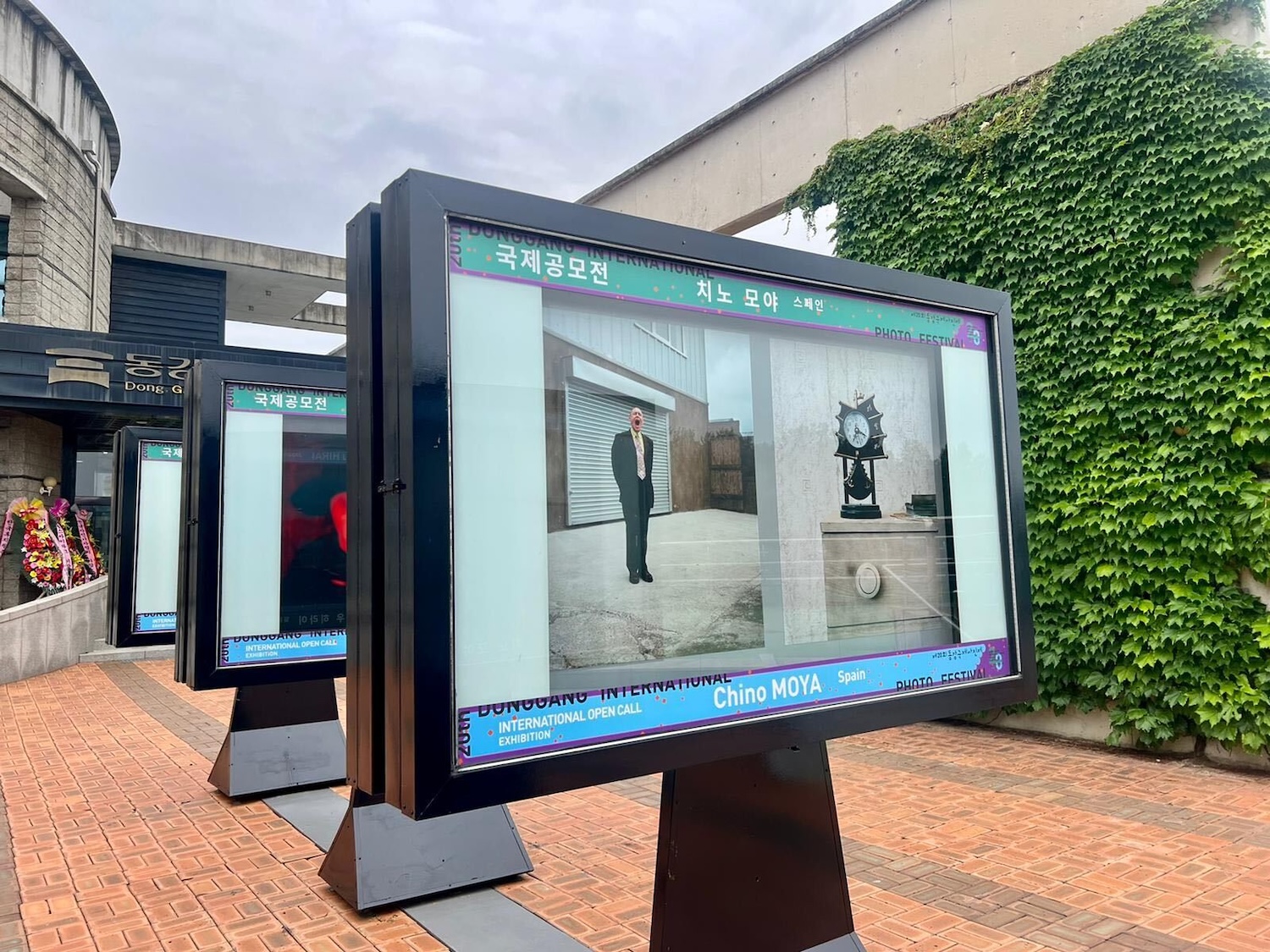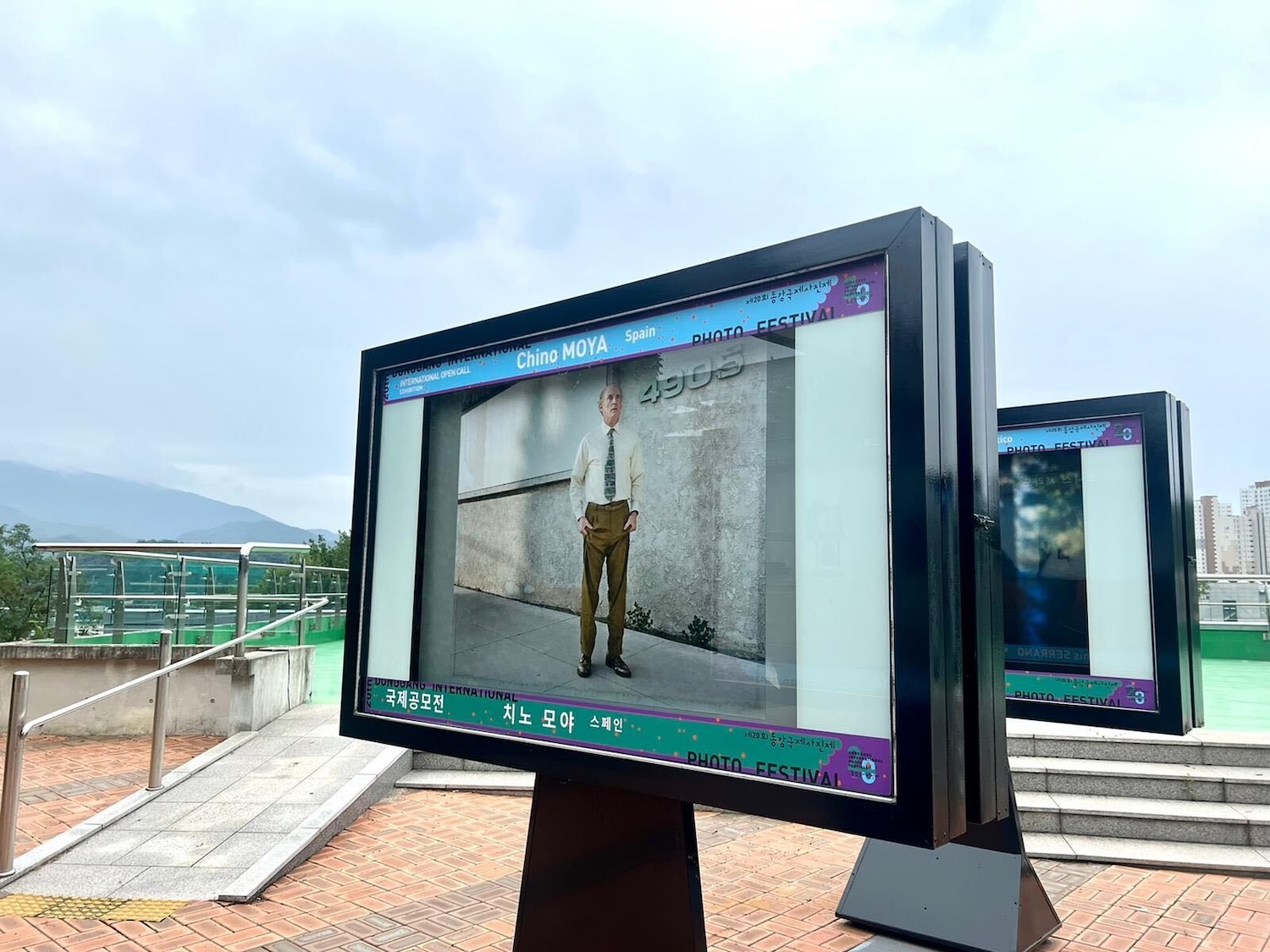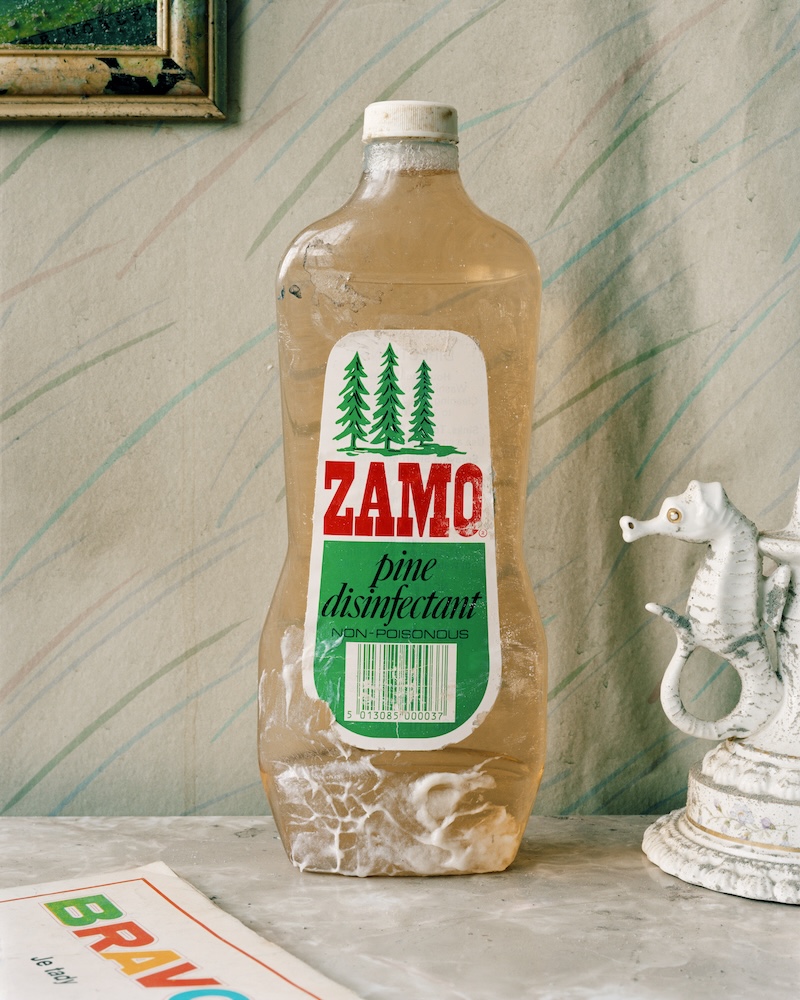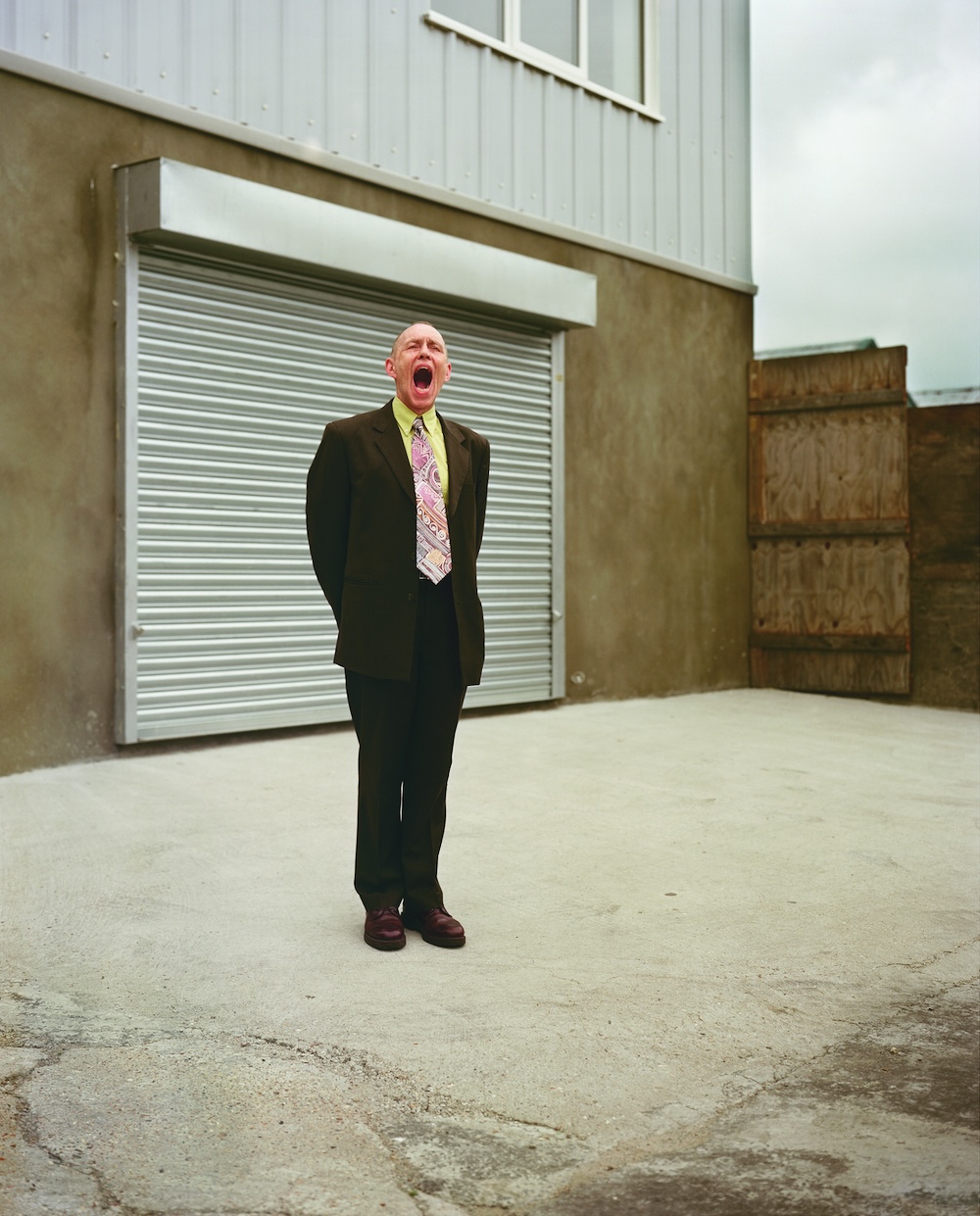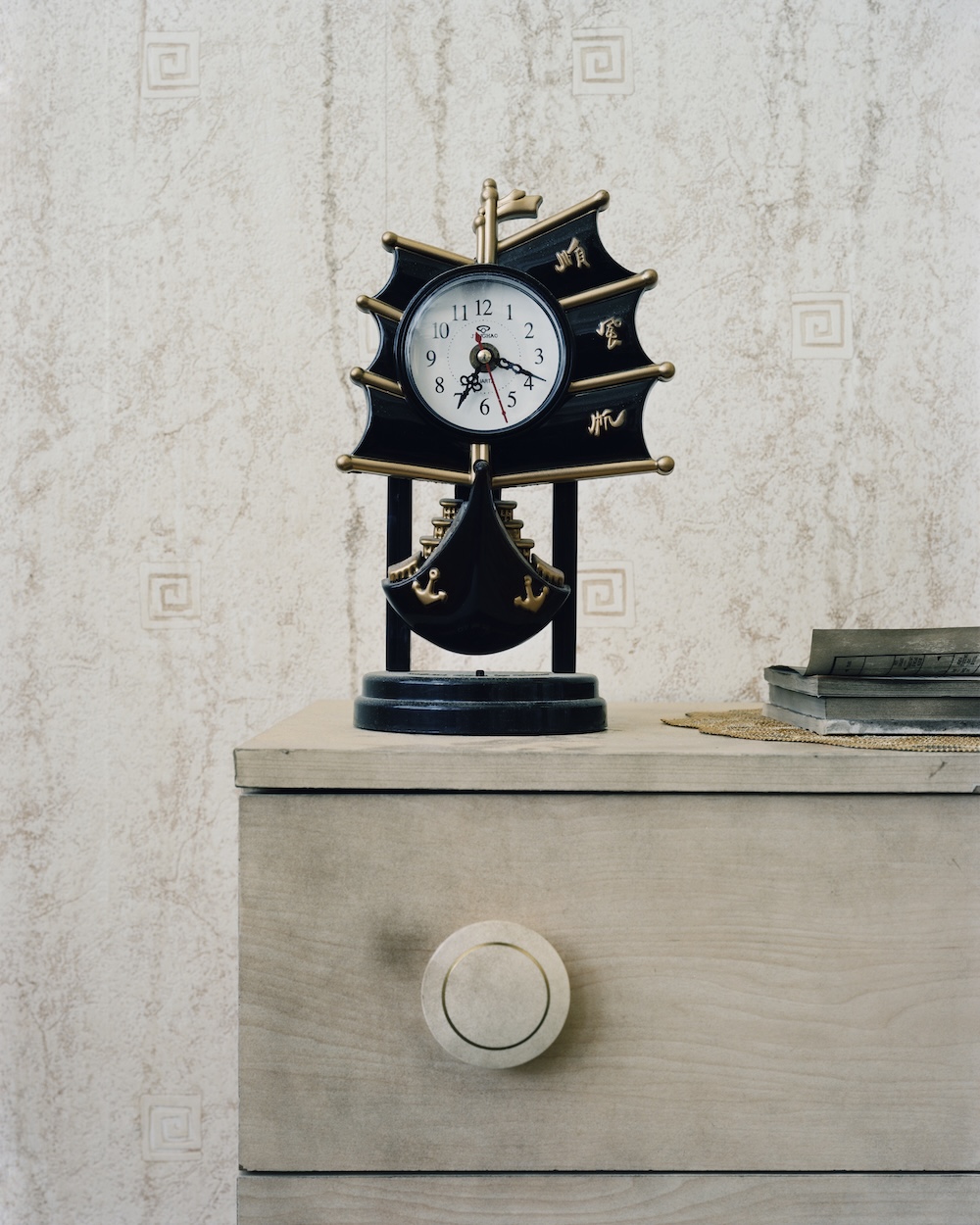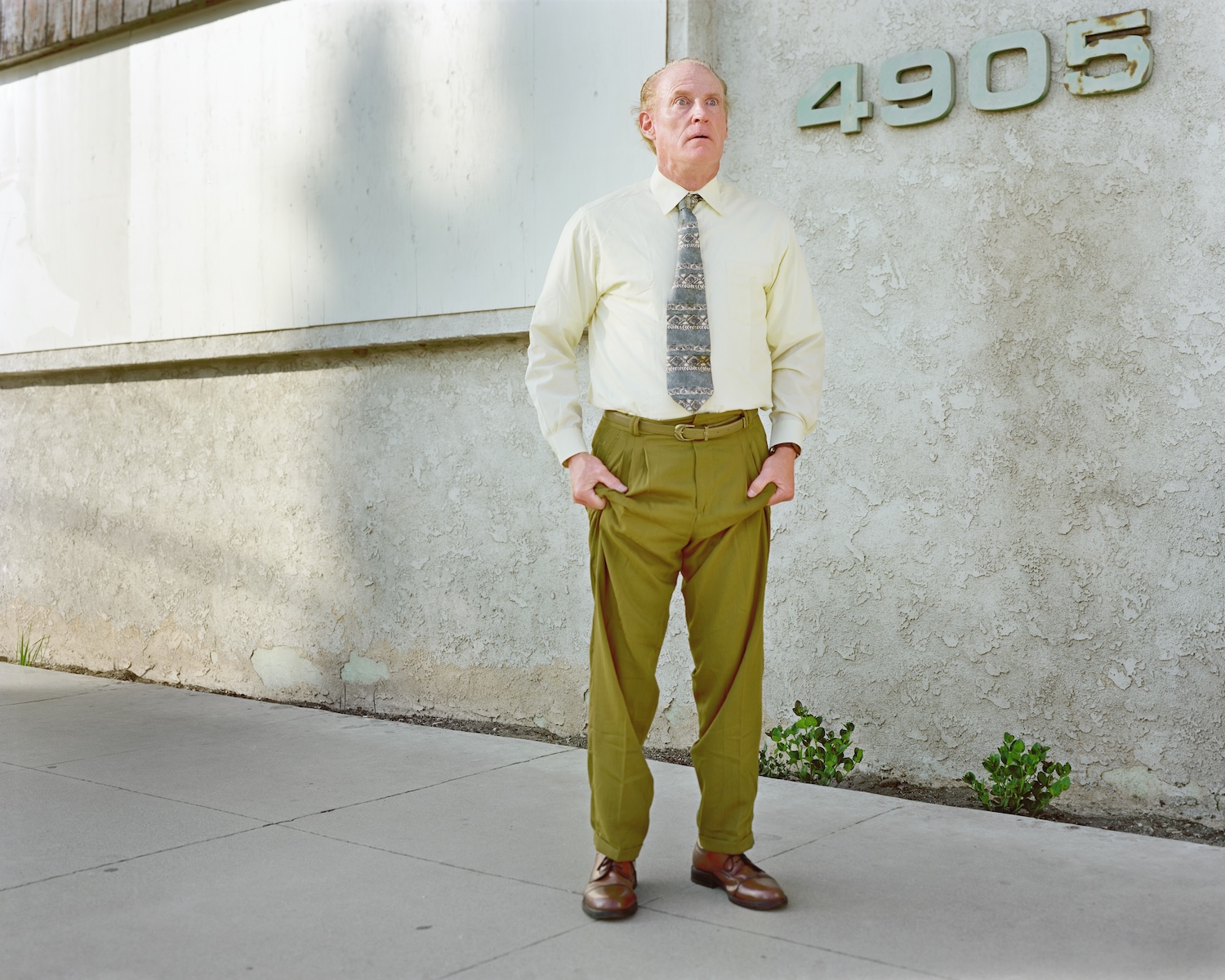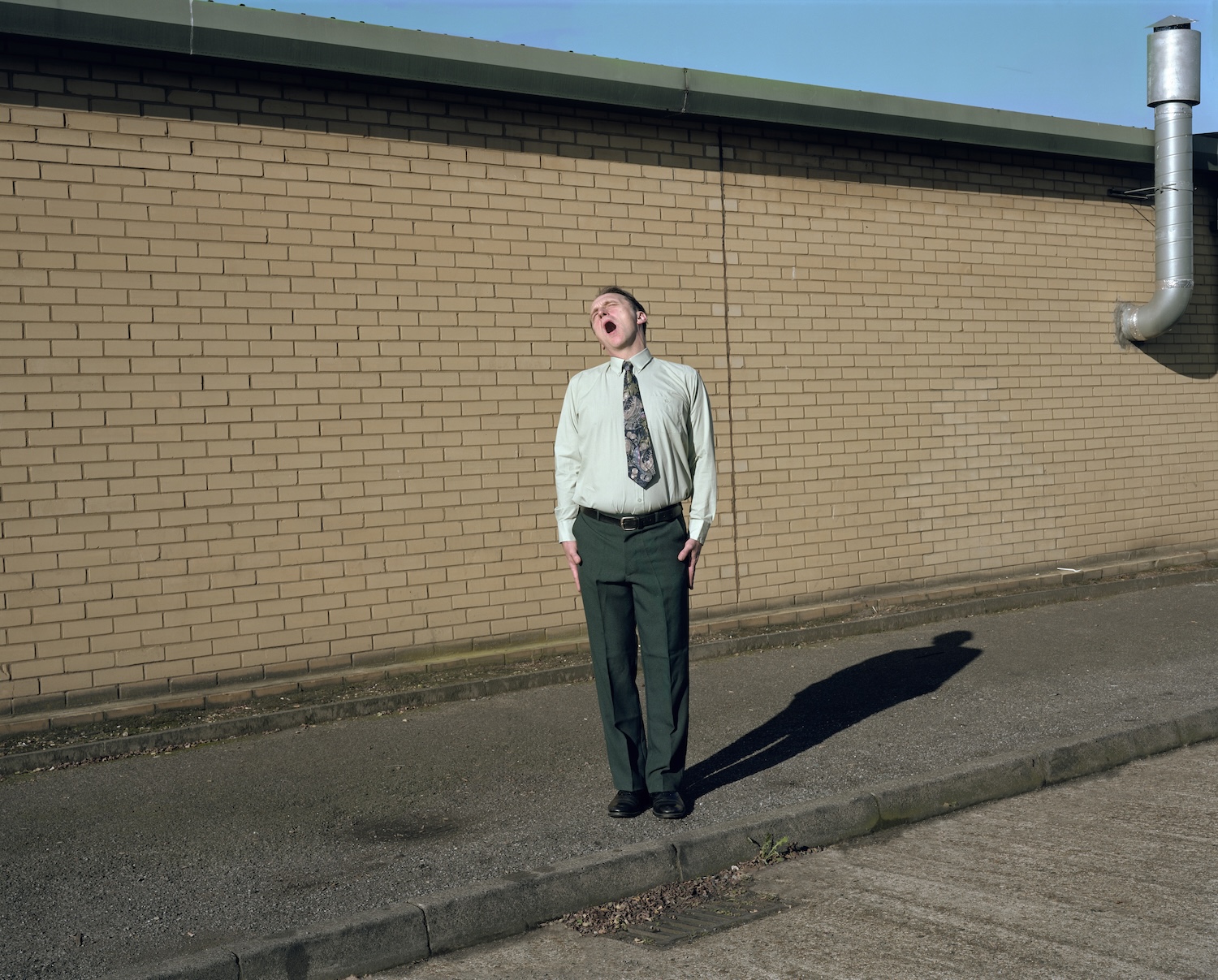‘Monosodium Glutamate’ series
2015 - 2020
The nature of man is his artificiality – Karl Jaspers
This series of still lifes and fictional portraits of white middle-aged men was initially inspired by the depiction of saints in classical paintings. I was particularly interested in the representation of ecstasy and the body language associated with it – the poses and facial expressions commonly employed by painters to convey a transcendental experience. The other aspect that I wanted to explore was the use of objects as symbols of spirituality – the attributes normally portrayed alongside the Christian saints to define their identities.
The achievement of the state of ecstasy and the idea of material things as symbols of spirituality are both concepts deeply embedded in the codes of advertising. The Christian promise of supreme happiness in the after life has a contemporary analogy in the idealised fulfilling lifestyles that modern corporations offer to all of us.
Through these pictures, I want to represent the unfulfillment of that promise – the collapse of the idea of a capitalist paradise and the decline of its centuries-old uncontested ruling class. Inspired by Jos de Ribera’s choice of lowlifes as models for his religious paintings, I looked for white middle-aged men living in the fringes in London, Los Angeles and Madrid both in the streets and in film extras agencies – a great source of middle-aged men that are very often unemployed. Setting up these portraits in a modern environment, the body language that conveyed a mystical experience in classical paintings mutates into neurotic disorder – the silent screams of a collection of anonymous isolated men trapped in a mundane hell deprived of any kind of spirituality and at the same time a desperate mating call of these lonely men longing for romance.
In these photographs, the sublime quality of the Baroque religious paintings that inspired them have turned into a banal and pathetic absurdity that reflects the cultural and material degradation of Western societies. The meaningless objects and abstract-patterned fabrics portrayed alongside these subjects do not define their identities, but erase them. The material attributes that in the past were meticulously created in workshops of local craftsmen are now merely mass-produced clutter made by cheap labour in faraway countries. The ascetic Christian saints have evolved into middle-aged loners wandering around desolate industrial parks or stuck in low-cost housing units filled with pound shop deco and obsolescent appliances.
